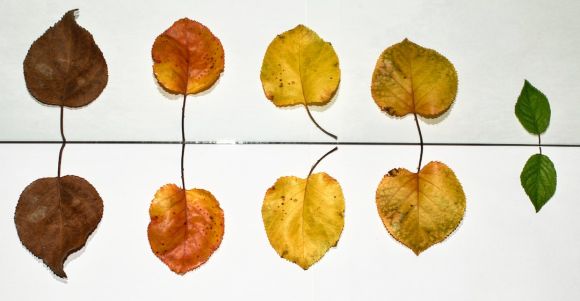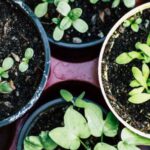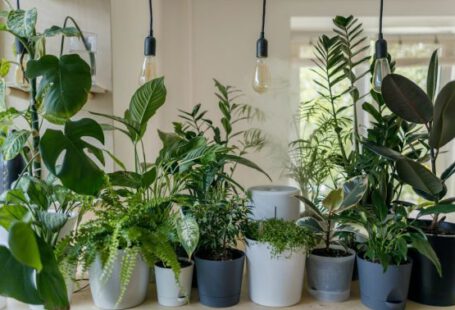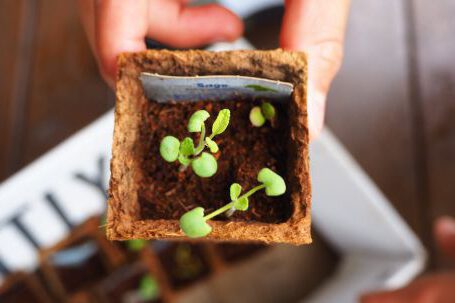Plants are living organisms that are susceptible to various diseases, just like humans and animals. As a plant owner, it is essential to be able to identify and diagnose common plant diseases to ensure their health and well-being. In this article, we will discuss some key steps and techniques to help you diagnose these diseases effectively.
Observation: The First Step
The first step in diagnosing plant diseases is careful observation. Take the time to examine your plants regularly, paying attention to any changes in their appearance or behavior. Look for symptoms such as wilting, discoloration, spots, or unusual growth patterns. It is also crucial to observe the surrounding environment, including temperature, humidity levels, and exposure to sunlight, as these factors can sometimes contribute to disease development.
Identifying Symptoms: Clues to the Problem
Once you have observed any abnormalities, the next step is to identify the symptoms exhibited by the plants. Symptoms can vary depending on the type of disease and the plant species affected. Common symptoms include leaf spots, yellowing or browning of leaves, stunted growth, wilting, mold or fungal growth, and the presence of pests or insects. By accurately identifying these symptoms, you can narrow down the potential causes and seek appropriate solutions.
Research: Know Your Plants
To effectively diagnose plant diseases, it is essential to have a good understanding of the plants you are dealing with. Different plants have different susceptibilities to various diseases, and knowing their specific needs and vulnerabilities can help you make a more accurate diagnosis. Research the common diseases that affect your specific plant species and familiarize yourself with their symptoms and causes. This knowledge will enable you to make informed decisions regarding prevention and treatment.
Testing: Confirming the Diagnosis
In some cases, visual observation alone may not be sufficient to diagnose a plant disease accurately. In such instances, conducting tests can help confirm or rule out potential causes. Soil testing, for example, can determine if nutrient deficiencies or imbalances are contributing to the plant’s symptoms. Testing for fungal or bacterial pathogens can also be done through laboratory analysis. By conducting these tests, you can obtain a more definitive diagnosis and determine the most appropriate course of action.
Seeking Expert Advice: When in Doubt
If you are unsure about the diagnosis or the appropriate treatment for a plant disease, it is always advisable to seek expert advice. Consult with a local horticulturist, plant pathologist, or agricultural extension service for guidance. These professionals can provide you with valuable insights and recommendations based on their expertise and experience. They may also be able to identify specific diseases or pests that are prevalent in your region, allowing for more targeted solutions.
Prevention: The Best Cure
Preventing plant diseases is always better than trying to cure them. By implementing good plant care practices, you can reduce the risk of diseases and maintain the overall health of your plants. Provide adequate sunlight, water, and nutrients, and ensure proper spacing between plants to promote good air circulation. Regularly inspect and clean your plants, removing any dead or diseased leaves or branches. Additionally, practicing crop rotation and using disease-resistant plant varieties can help minimize the likelihood of diseases occurring.
In conclusion, diagnosing common plant diseases requires careful observation, identification of symptoms, research, and testing. By familiarizing yourself with the specific needs of your plants and seeking expert advice when needed, you can effectively diagnose diseases and take appropriate measures to address them. Remember, prevention is always better than cure, so prioritize good plant care practices to ensure the long-term health and vitality of your plants.





